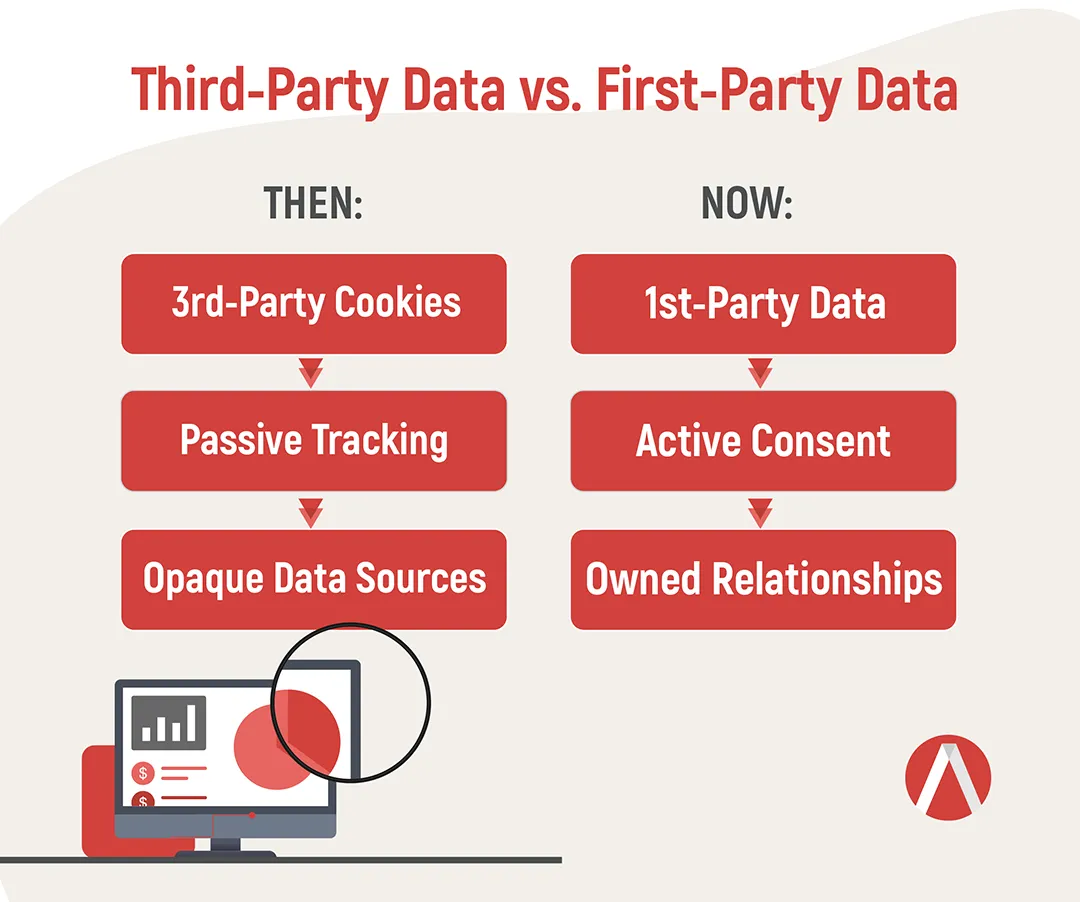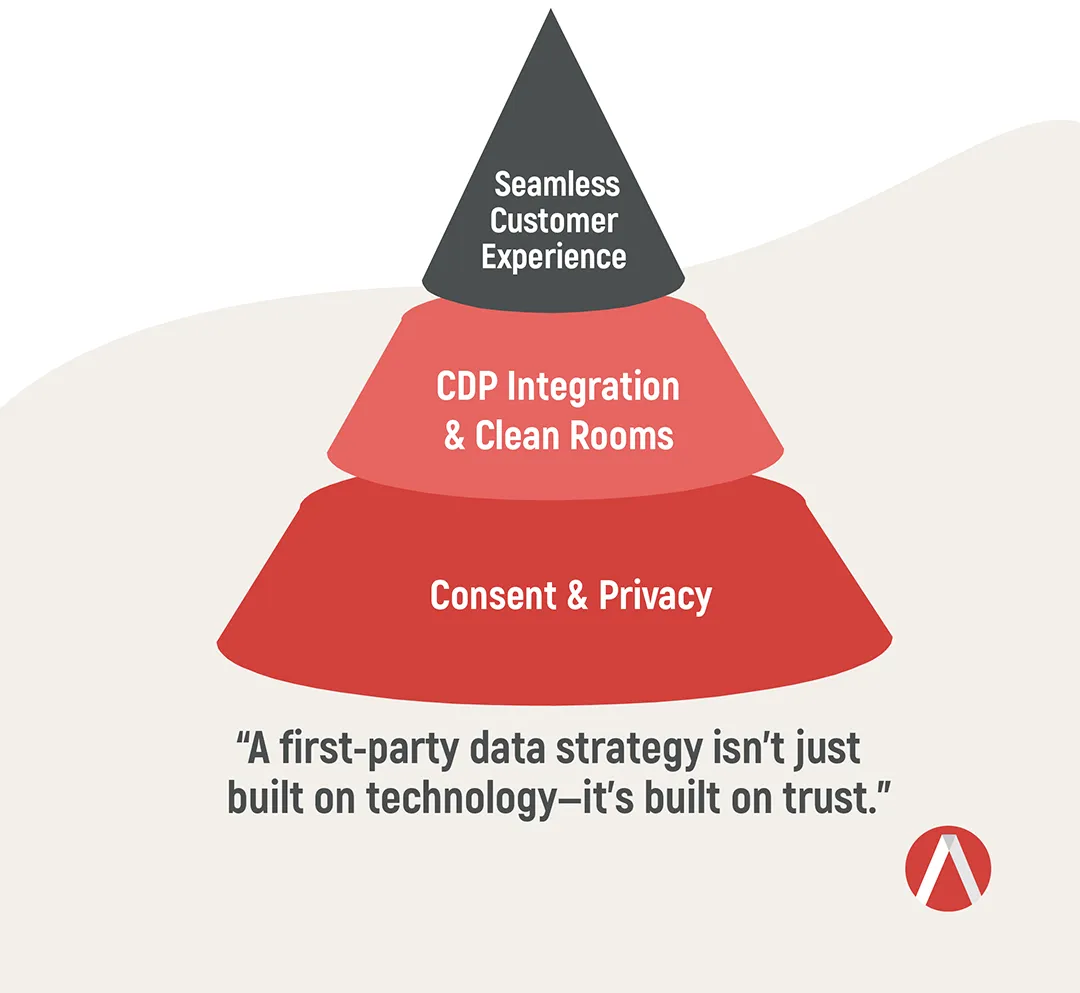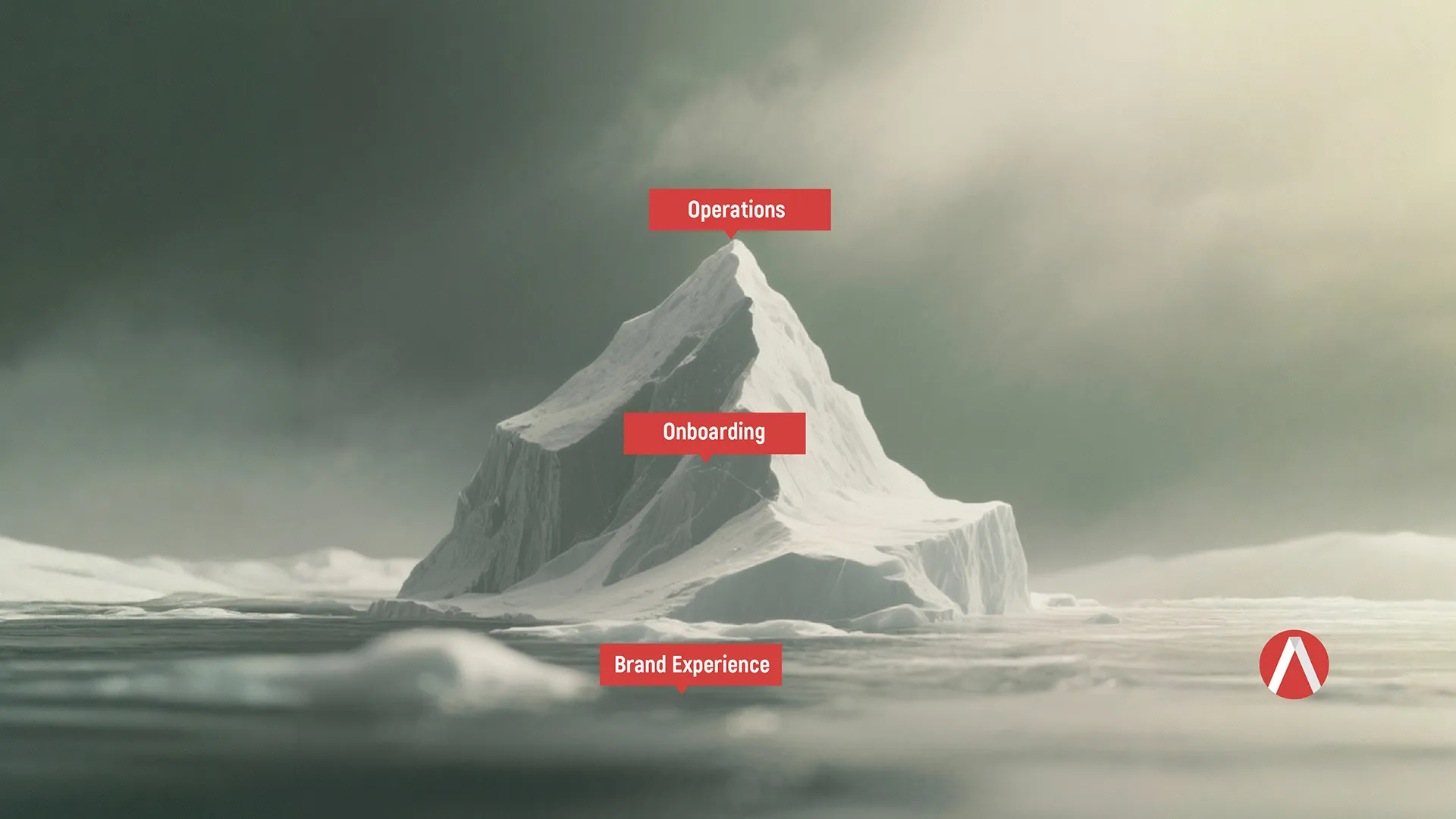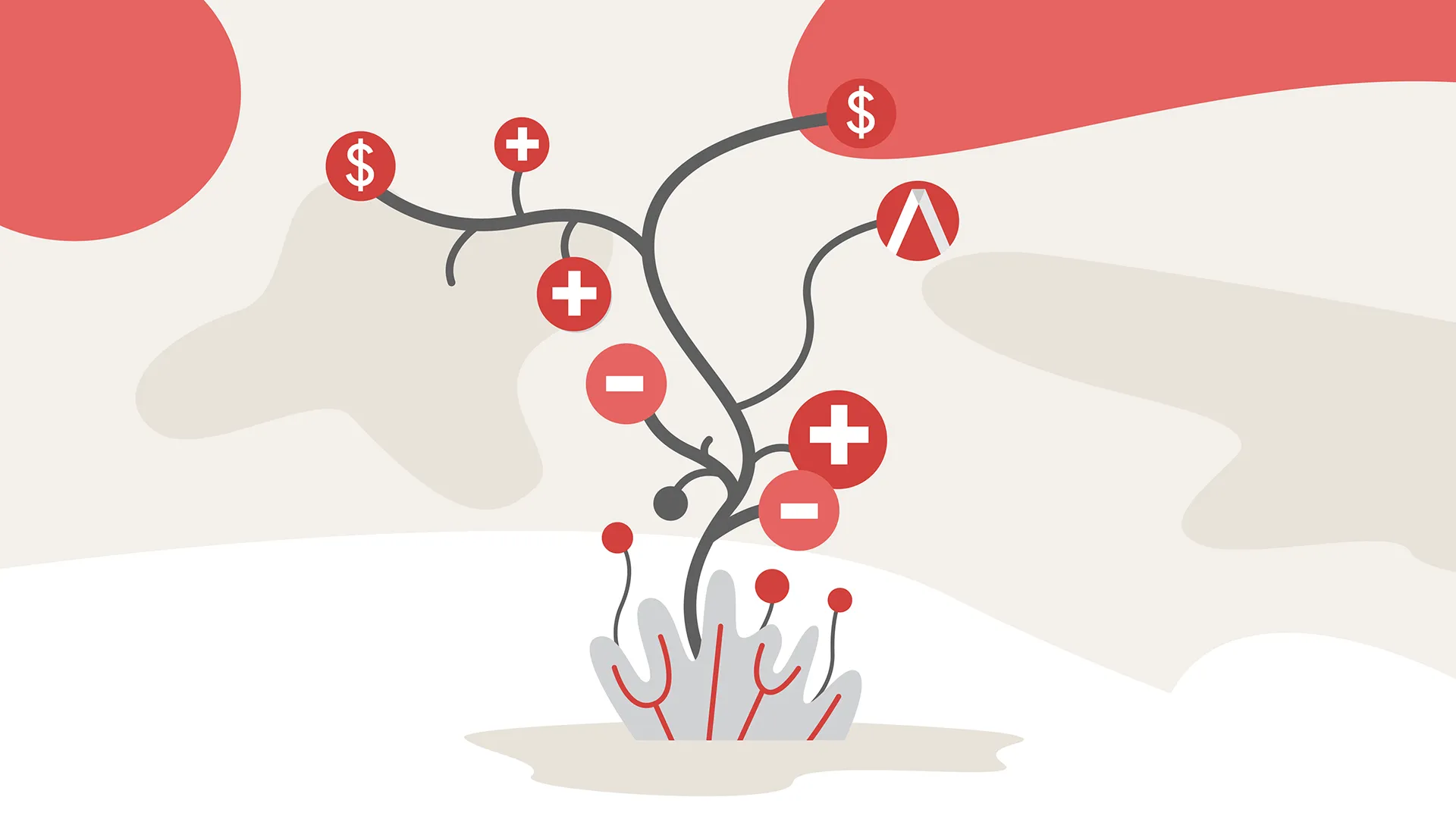By Lori Jones, President & CEO, Avocet Communications
Key Takeaways:
- Third-party cookies aren’t dead yet, but they’re on life support. Chrome began phasing them out in 2024, and while full deprecation is expected by Q3 2025, regulatory delays mean brands must act now to future-proof their data strategies.
- Consumers are more protective of their data, demanding transparency and value in exchange.
- Clean rooms and CDPs are powerful, but only when paired with a thoughtful, integrated strategy.
- CMOs and CEOs must now act as data stewards, balancing compliance, consent, and customer experience.
When the Cookie Crumbled
If you’re still clinging to your third-party cookies, it’s time to face reality: Google Chrome is pulling the plug, joining Safari and Firefox in a post-cookie world. For marketers like us, this isn’t just a technical shift, it’s a seismic change in how we understand, connect with, and earn the trust of our audiences.
I remember the early days of behavioral targeting; those pixelated banners and retargeting ads that followed users like a digital shadow. Back then, third-party data felt like magic. But over time, that magic turned into mistrust.
And now, the world has caught up. Privacy regulations (hello, GDPR and CCPA), browser changes, and consumer awareness have pushed us to earn our insights, not buy them.
Signal Loss is Real But Not Inevitable
When cookies crumble, so does visibility. What we’re facing now is signal loss: the decline of measurable, trackable behaviors that once powered our campaigns.
But here’s the Aha! moment: signal loss isn’t a dead end; it’s an opportunity.
Instead of scraping the web for data scraps, forward-thinking brands are turning inward. They’re building relationships, not just reach.
According to Twillo’s 2023 State of Customer Engagement Report:
- “80% of companies that invest in first-party data report stronger customer trust and increased lifetime value.”
- “Yet only 35% feel confident in their ability to use that data effectively.”
That gap is our white space, and our wake-up call.

Building a First-Party Data Mindset
This is where the real work begins. Building a smart, scalable first-party data strategy requires three pillars:
1. Trust is the New Currency
Consumers are fatigued. Pop-ups scream “Accept cookies!” but deliver little value. To win trust:
- Offer clear choices, not tricks.
- Use plain language (no more 9-paragraph privacy policies).
- Create a real value exchange; think exclusive access, personalization, or content worth the trade.
2. Tech is Table Stakes. Integration is Everything
CDPs (Customer Data Platforms) and clean rooms can unify data and enrich insights. But without integration and orchestration, they’re just fancy dashboards.
- Invest in tech, yes, but align it with your MarTech stack and your business strategy.
- Ensure every team (from sales to service) is rowing in the same data boat.
3. Become a Steward, Not Just a Strategist
Data isn’t just a marketing function anymore; it’s a leadership imperative. CMOs and CEOs must ensure:
- Compliance with privacy regulations
- Ethical use of data across channels
- A culture of data literacy and governance
Gartner forecasts that by 2026, marketing leaders will be increasingly accountable for customer trust and data privacy as enterprises prioritize ethical data use and analytics to drive competitive advantage.

Questions to Consider:
- What value are you offering in exchange for customer data?
- Are your consent practices building trust or driving customers away?
- Does your team have the tools and training to manage data responsibly?
- Are your tech investments aligned with a bigger customer-centric vision?
Let’s Talk
This isn’t just a shift in marketing mechanics, it’s a shift in marketing mindset. And at Avocet, we’re helping brands like yours navigate the signal loss, rebuild the funnel with consent-first thinking, and unlock real value from first-party data. Let’s build your future-proof data strategy together. Contact us to start the conversation.






